Environmental design-Week5 Exploring circular economy Zhu ShenXu
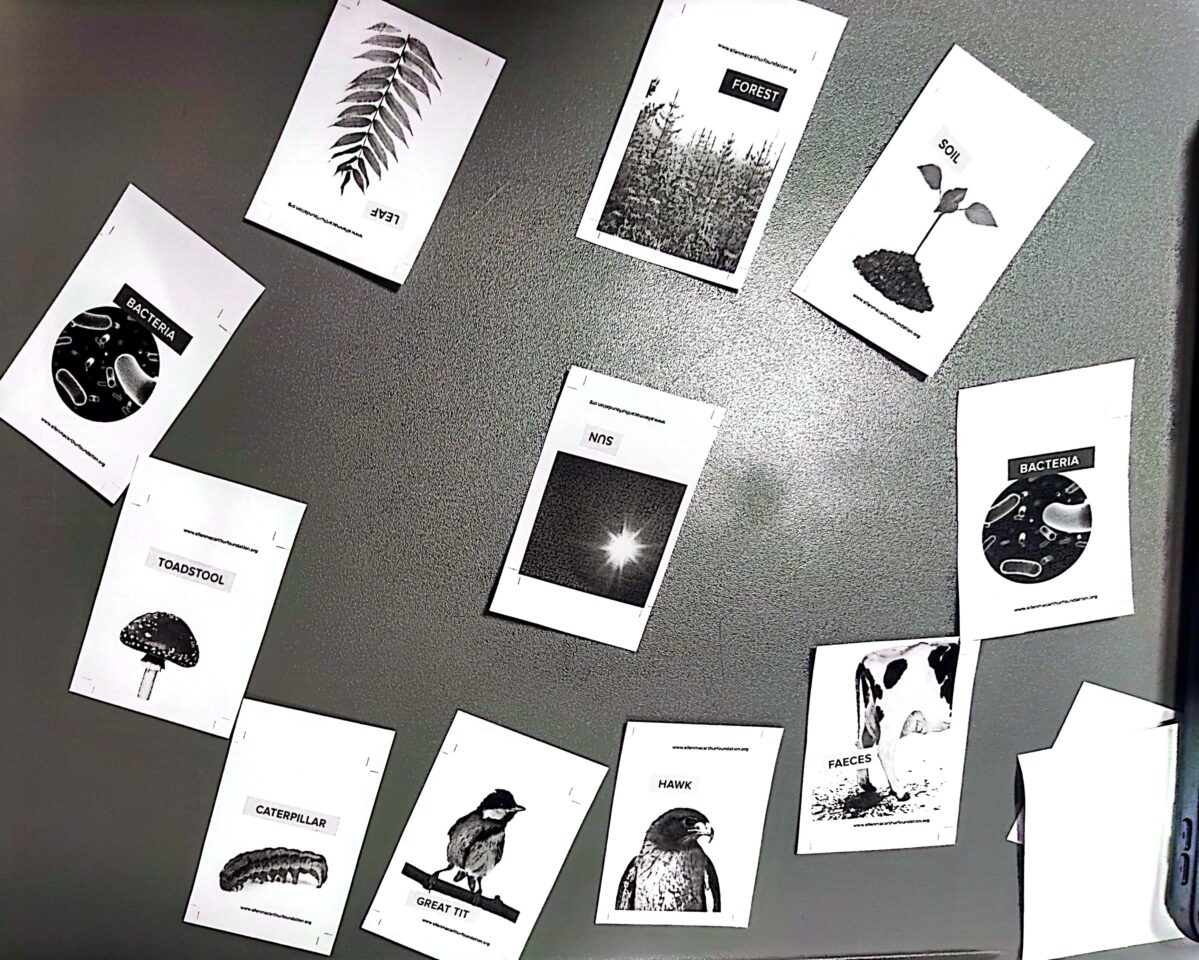
This week, we mainly discussed and explored the circular economy. Although the circular economy has been criticized by some as green capitalism, it is an inevitable trend for sustainable development because unprofitable structures cannot expand.

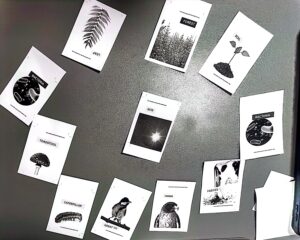
In the studio this week, we did two activities. In the first activity, we used cards to represent different production steps and natural elements. These cards are then arranged to represent the linear economy of producing plastic bottles and the cycles that exist in nature.
Through different permutations and combinations, I found that it was important to keep the production process in line with nature. Since the original production raw materials come from nature, only by returning all the final production waste to the natural cycle can zero pollution, zero damage and sustainable development be achieved.

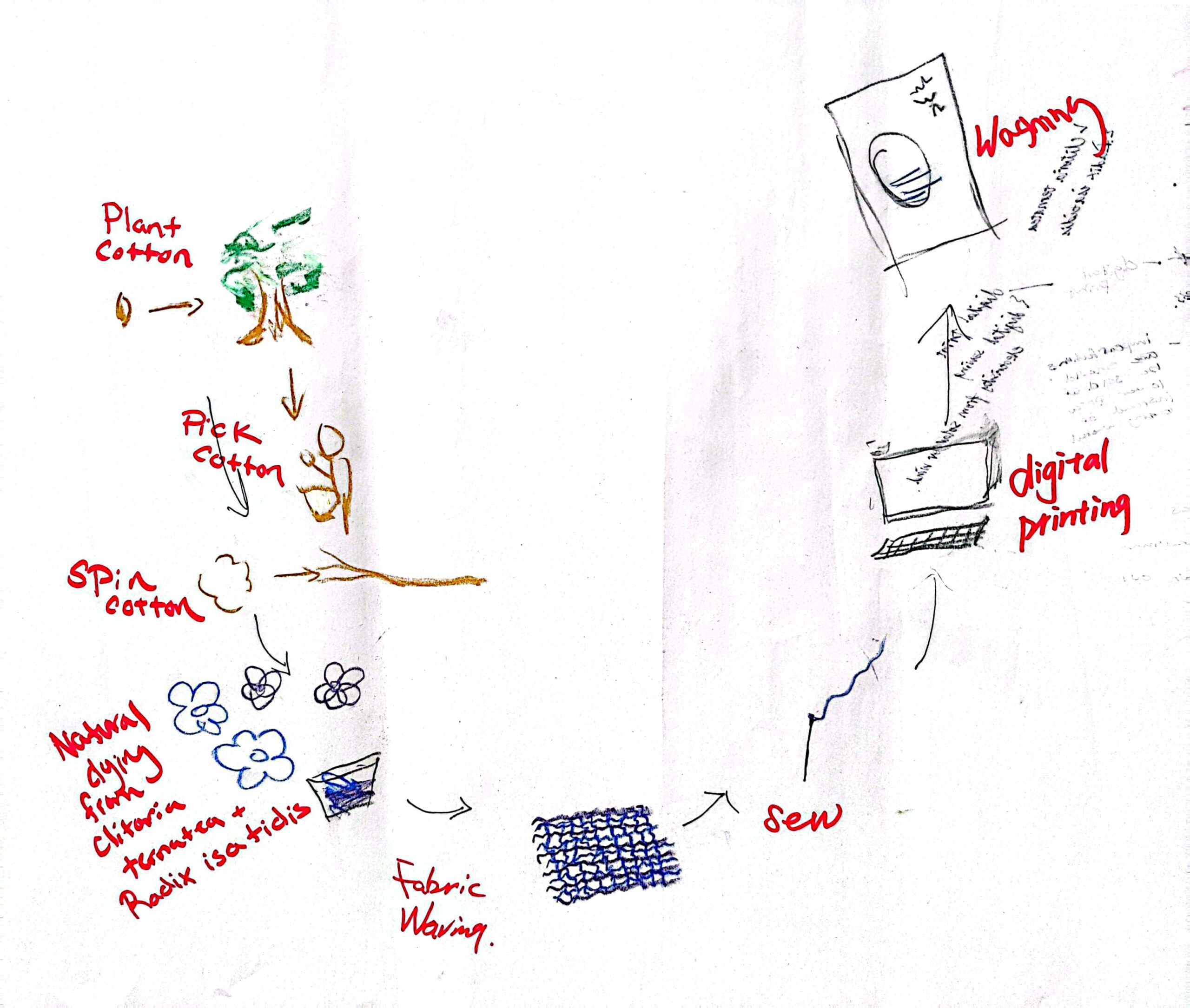
In the second event, we explored the circular economy in more detail. Our group has proposed some improvement suggestions for the linear production of jeans to move it closer to a circular economy.
The existing jeans production process not only consumes water, but also pollutes it. Producing a pair of jeans requires nearly 4 tons of water. More seriously, dyeing jeans can pollute downstream water sources. The water in the drainage area near many jeans factories appears light blue.Our group proposes to use natural dyes instead of chemical raw materials for dyeing. Factories can try dyeing plants such as IsatisindigoticaFort that contain indocyanin. (Indigo glycoside turns blue when exposed to alkali)
The existing circular economy is more like a cross combination of different linear economies. In a circular economy, different industries are constantly producing raw materials from other industries, while also constantly digesting waste from other industries. The circular economy is like a collage, which eliminates the gaps between different industries to reduce waste and natural burden.

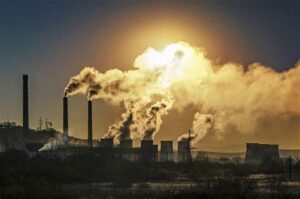
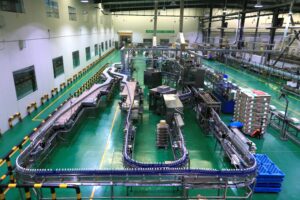
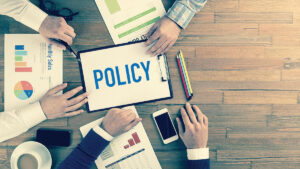
Next, we held a seminar to discuss “This house (ie. we) would enforce a circular economy.
In this debate, both sides believe that we need to develop towards a circular economy, but there have been disagreements on the feasibility of a circular economy. We have discussed materials, infrastructure, structural expansion, and policy implementation in the circular economy.
When it comes to circular economy, the first thing we think of is the recycling of materials, which achieves sustainable development by reinserting production waste into a certain step of production. However, this idea is too idealistic, because there are losses in the process of recycling materials every time, just like recycled paper is not as strong as ordinary paper. And some recycling processes create new pollution and energy consumption.
At the same time, most of the existing production facilities are linear economy production facilities that are not suitable for circular economy. So, we need to integrate the system of circular economy into existing systems instead of rebuilding a new one.
This involves the popularization of the circular economy as a production structure. I believe that an unprofitable production structure cannot be popularized. So whether starting from economic benefits or reducing infrastructure waste, we should develop circular economy on the existing linear economic structure. This is a bottom-up transformation strategy.
We believe that the simultaneous top-down development of circular economy is necessary, but we cannot impose it on different cultural and social backgrounds. The Scottish government has been implementing a circular economy in recent years, such as conducting community activities and issuing relevant legislative policies. I think this is a great approach. We can also strengthen publicity, such as introducing successful pilot cases of circular economy. This can strengthen the public’s confidence in implementing a circular economy.
The Earth is like a lonely spaceship floating in the universe. We have no supplies, so we can only produce based on existing material. Therefore, we cannot pollute the environment, and there is no concept of mining. We have to choose a circular economy.
reference:
1.Natural Resources and Environmental Economics; Tom Titanberg, Lynn Lewis
* Pictures 1-4 are taken by me, Pictures 5-8 are from search engine